Today I’ll show you the 5 shortcuts to finding great new content ideas that are easy to rank.
My 5-step method to successful keyword research and high-value content ideation will resonate with your audience and bring invaluable traffic.
Coming up with great content ideas is hard.
But:
It’s even harder to come up with content ideas that you can actually rank for 🤪
So, what’s my secret to finding great content topics that are easy to rank?
I target underserved queries and topics that my target audience is actively searching for.
What do I mean by “underserved” queries?
Underserved or undiscovered keywords are those keywords that my target audience searches for, but what hasn’t been properly covered by my competitors.
Why do I go for underserved keywords?
Because they are a lot easier to rank for.
When you go for keywords with low competition, you can quickly grab market-leading positions on Google.
Why ranking in the top 3 results on Google is so important?
There are 3 reasons why ranking in the top 3 results on Google is so important:
1.Organic search is the number 1 traffic source for the majority of websites, which means if you want to grow your online business or a blog, you need to visible on search.
2. Google’s top 3 results get 61.5% of all potential traffic for that keyword and it quickly starts declining from there (people don’t really scroll past 3rd result, so you are virtually invisible afterward).
3. 🦄 The top 3 pages rank for hundreds or thousands of similar keywords, which means that once you start ranking for your target keyword, you will rank for many more without having to put in extra work 😏
This article will cover 4 areas (click on the link to go straight to it):
Before we dive in, let’s get something straight:
I view blogging and content as a customer acquisition channel, not just a traffic generation channel.
>>>> Click Here To Start Your Blog Today <<<<
This means that I want people who read my blog to buy from me or sign up to my email list, not just read my content and bounce off.
This guide will not only help you generate content topic ideas that are easy to rank but also sell your product or service, which is the ultimate purpose of content marketing and blogging.
5 STEPS to finding low competition keyword ideas with great traffic potential (in any niche)
These steps below will not just help you to find ANY content ideas (that’s the easy part).
These steps will help you to find GREAT content topics that are EASY to rank 💡
So, let’s go ahead and fill your content calendar for a full year ahead:
STEP 1: Brainstorm keywords you want to rank for
Content ideation starts with keywords, also known as search terms.
These are the terms a person types into Google search to find what they want.
Put yourself in the shoes of potential customers and think about the things they might be searching for in Google to find your business.
LEARN MORE: How to Get Consistent SEO Traffic to Your Website [That Compounds Over Time!]
It’s best to start with broad two-word terms related to your business.
Pick 3-5 broad terms (also known as seed terms) and let them be at the center of your keyword research.
To make it super easy to follow, let’s take a real-life example from start to finish.
Let’s assume you sell protein supplements.
Your broad terms could be:
- Protein shakes
- Vegan protein
The key to brainstorming is not to limit yourself.
As you type one of your main seed keywords “vegan protein” into Google search, Google will recommend you some of the most popular search queries.
Use recommended terms to expand on your keywords into long-tail keywords and questions.
You can also check the “People also ask” question box.
… and “Related searches” at the bottom of the Google page for more inspiration:
For example, the “vegan protein” might break down into long-tail keywords such as:
- Best vegan protein powders
- Vegan protein sources
- Where to buy vegan protein powder
- Healthy vegan supplements
✅ ACTIONS TO TAKE BY THE END OF STEP 1 👇🏼
Write down 3-8 seed keywords and 5-10 questions/queries per each seed keyword in Excel. Example below. You can find the questions/queries/related terms on Google as I showed above.
STEP 2: Browse forums to find untapped keyword ideas
Don’t limit yourself to your own understanding of your audience. Try browsing forums.
Forums have a large number of people, concentrated in one place, who all have the same interests.
There are subreddits on reddit.com or Facebook Groups where people ask questions. Join these communities and watch your target audience speak their mind.
LEARN MORE: 7 Fastest Ways To Get 1000+ People to Your New Blog [UNBEATABLE STRATEGIES]
Forums contain an incredibly accurate example of how people talk – and therefore, search 😏
I call forums live focus groups – they are a perfect place to expand on the keyword ideas you brainstormed in Step 1.
I typed “vegan protein” into Reddit and I can already see great seed keyword ideas: vegan fitness, vegan recipes, raw vegan, gluten-free vegan, etc.
✅ ACTIONS TO TAKE BY THE END OF STEP 2 👇🏼
Spend at least 10 minutes browsing each of these communities and look for things that bother people the most and the language that they used to describe them.
You should get 3-5 new seed keywords and 8-12 questions/queries related queries per each seed keyword. The example below (newly discovered keywords are in orange). Write them all into Excel.
STEP 3: Find out how many times people search for these keywords on Google
At the beginning of this stage, you aren’t 100% sure how many times people are actually searching for these keywords you found in Step 1 and Step 2.
Search volume (or search demand) is important because you don’t want to waste time on creating content that doesn’t drive business for you or your clients.
So, let’s dive right in and type in our first long-term keyword “Best vegan protein powder” into Semrush to see its monthly volume, keyword difficulty, and other important metrics.
Semrush has a very helpful “Keyword Difficulty” feature.
Keyword Difficulty Index is a metric on a scale from 1-100% that helps to determine your chances to rank for a certain keyword in the top 3 of search engine results pages given the level of competition around it. The higher the percentage, the harder it will be to achieve high rankings for the analyzed keyword.
😆 0-39% – Easy to rank
🙂 40-59% – Possible to rank
🤨 60-79% – Hard to rank
😞 80-100% – Very hard to rank
To calculate keyword difficulty, Semrush takes into consideration the authority of the domains that are showing up on the search results page and then estimates how hard it would be for a new website to outrank its current competitors on the SERP (search engine results pages).
As you can see from the screenshot above at 91% the “Best vegan protein powder” blog topic would be very difficult to rank (especially if you are a new website).
This means you need to dig deeper and try to find a different word combination the vegans use when researching vegan protein.
You want to find a topic that has 0-60% Keyword Difficulty Index, which is considered easy and possible to rank.
In step 4 you’ll learn how to dig deeper and find keywords with low difficulty scores.
✅ ACTIONS TO TAKE BY THE END OF STEP 3 👇🏼
Add 2 new columns – “Monthly Volume” and “Keyword Difficulty” and fill in the column with the scores you find on Semrush.
STEP 4: Discover high volume keywords that are easy to rank by analyzing your SEO competitors
So now you know that your ideas have search demand. “Best vegan protein powder” is searched for 18,100 times in the US alone. That’s awesome!
Let’s assume you want to write a blog post about “Best vegan protein powder” but you don’t want to target that exact keyword because 91% Keyword Difficulty Index is too difficult to rank.
What should you do, then?
You should find untapped keywords that your competitors are ranking for related to “Best vegan protein powders”.
It’s easy to find those.
Just type your target keyword into Google search and see who ranks there in the top 3.
Those are your SEO competitors.
Let’s assume you want to rank for “vegan protein”.
Quick Google research shows that your SEO competitors are myprotein.com, theproteinworks.com, and healthline.com.
[NB! SEO competitors are not always your direct competitors, they are just companies that compete for the keywords you want to rank for.]
Now, once you know that myprotein.com ranks for “vegan protein”, wouldn’t it be awesome to know what else do they rank for?
Here’s how to do it:
- Take your competitor’s domain and enter it into Semrush and then visit the ORGANIC RESEARCH report. See below:
2. When you scroll down, you can see all the organic keywords they rank for (all 101K+ of them).
3. You can export all keywords into an Excel table
Excel is great because you can easily find the data you need.
I wanted to find keywords with low difficulty score, so I selected the “Keyword Difficulty” column, clicked on the A-Z filter at the top right, and selected “Sort Smallest to Largest”.
4. Pick keywords with a low Keyword Difficulty Index but good volume
As you can see “flavour drops”, “protein fluff”, “anabolic fasting diet” and “men’s classic physique” – are topics with a good volume, but below 60% Keyword Difficulty Index. These are the keywords you could go for.
✅ ACTIONS TO TAKE BY THE END OF STEP 4 👇🏼
Add the newly discovered low competition keywords to your Excel table either as new seed keywords or related long-tail keywords. See all red keywords below.
STEP 5: Prioritize your content ideas by business value
Your spreadsheet of content ideas is full of golden nuggets now, which should feel quite satisfying already.
But how do you decide which of them you should tackle first?
You have to start with a content idea that will bring the biggest value to your business.
Because what’s the point of investing your time and energy to bring people to your website if these people won’t buy from you?
So, we need to add one more column to our spreadsheet and name it “Business Value”.
To fill a cell in this column you’ll need to ask yourself this:
“What are the chances that a person looking for that thing in Google and reading my article on the topic would become my customer?”
Then give every content idea in your spreadsheet a score from 1 to 3, where:
🥇 3 – means your product or service is an absolutely irreplaceable solution for a target search query which leads to an easy sell
🥈 2 – means that your business will help people with what they’re searching for, but my product/service is not essential in solving their problem
🥉 1 – means that your business can only be mentioned in passing because the search query is only slightly related to what I sell.
If you want to make your blog a customer acquisition channel and grow the monthly number of leads that it generates, then you should prioritize content marked 3 and 2.
Prioritizing means that often you have to ignore topics with huge traffic potential in favor of topics with huge business potential 🏆
✅ ACTIONS TO TAKE BY THE END OF STEP 5 👇🏼
Add the 5th column on the right called “Business Value” and fill it with either 3, 2, or 1 – depending on how easily can you sell your product/service with this content.
The prioritize the content that is scored as 3.
STEP 6: Write the best page on the internet for that topic
You’ve picked the first 3 low-competition content ideas that are most likely to generate straight-forward business for you!
Well done!
If you want to rank in top results on Google, your goal is to actor make the best page on the internet for your topic.
Let’s say you want to write an article about “protein fluff”.
Here’s what you have to do next to make sure your article about protein fluff ranks number 1 on Google:
1. Type in your target keyword into Google
We can see that the top 3 articles are recipes. This means that if we want to compete for the top 3 positions, our content needs to be a recipe.
Now read each of those top 3 articles and answer the following questions for yourself:
1. What are all the pages have in common? This indicates the essential information your content needs to include.
I found that all 3 “protein fluff” articles all included high-quality photos, information about “what is protein fluff?”, a list of ingredients, and recipe instruction.
2. Is searcher intent met comprehensively? You can only answer this question if you understand your target audience and your industry well.
If you know your target audience and their cravings and needs, you may find that all top 3 results missed something important. Maybe none of them included information about how to get a perfect consistency and you know that that’s what people struggle with. Or maybe you can improve the content by adding perfect topping options to make the desserts look more creative? This is your opportunity to fill that gap when creating your content.
3. How long is the content? This should give you an indication of the word count.
I found that “protein fluff” best performing content is anything from 700-1000 words, so not too long.
4. What formats are used to convey the information? Perhaps, you’ll find that certain elements are easier to convey in a table, video, or graph.
I found that the articles use simple text and photos. I think some of that information is better conveyed in a table because large blocks of text can be difficult to read
5. Is the information easy to digest or does it require mental effort? Readability is what keeps people on the site longer, so make sure you use simple vocabulary everyone can understand.
I found that information could be explained easier. This is something I could improve when writing my own article.
6. Does the content lack examples and details? If so, it’s your opportunity to shine.
Two out of three articles only provided 1 recipe for protein fluff dessert. Maybe you can split the recipes for morning, lunchtime, and dinner desserts.
7. How many high-quality backlinks do the top results have? This should be an approximate indicator of how many links should you get in order to compete with the current best results.
I used Semrush to check how many backlinks the best-performing pages have. I found that both number 1 result myprotein.com/thezone/recipe/protein-fluff-recipes/ and number 3 result laurenfitfoodie.com/how-to-make-the-best-protein-fluff/ only has 8 backlinks from 3 different domains. That’s great because it means you can easily match this result and build 8 backlinks for our content as well.
Summary: How to find untapped keyword ideas that are easy to rank?
You now know how to get almost unlimited content ideas that are easy to rank, but also help you sell your products or services.
You’ve learned how to find untapped keyword ideas in unlikely places (like forums).
And how to check for search demand, ranking difficulty, business value, and write the best content for your topic on the internet.
KEEP LEARNING:
What to Blog About: 3 Myths About Money-Making Blogging Niches
How to Start a Successful Blog & Make Money (Step-by-Step Guide)
Multipotentialite: Why I Don’t Have Just One Career
How I Generated 5 Income Streams While Keeping My Day Job
![CASE STUDY: How to Find Undiscovered Keyword Ideas with Phenomenal Traffic Potential [5 SHORTCUTS]](https://slashercareer.com/wp-content/uploads/2021/03/How-to-Find-Untapped-Keyword-Ideas-with-Traffic-Potential-2-940x385.png)
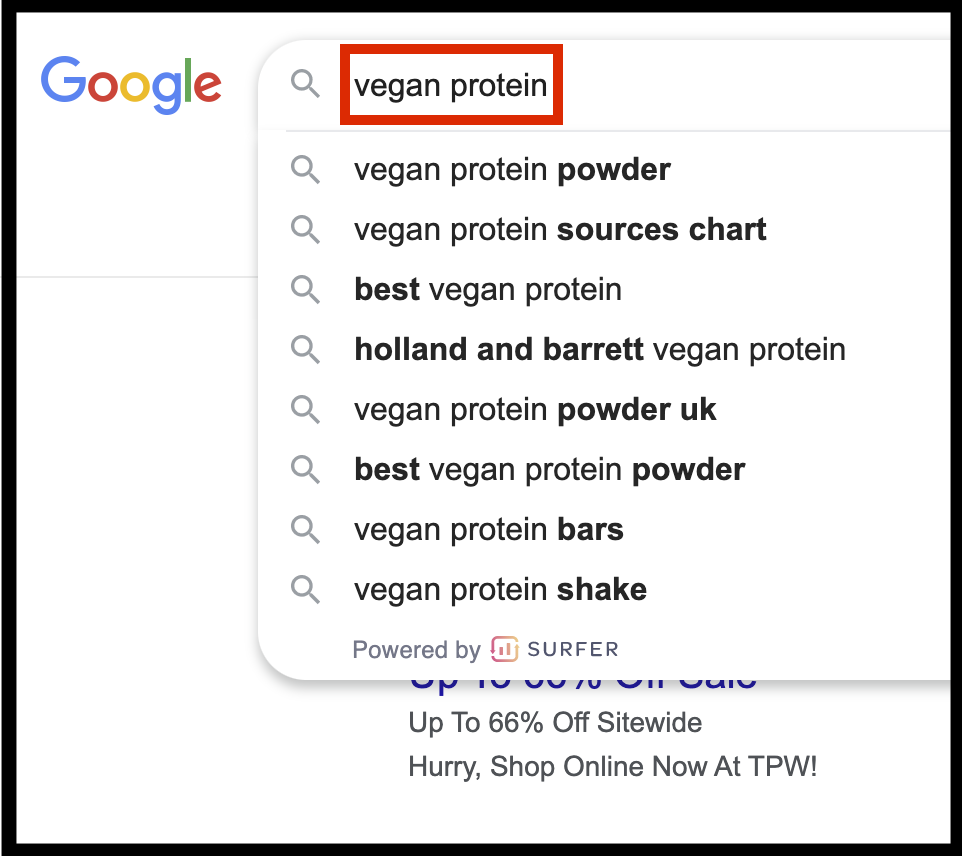
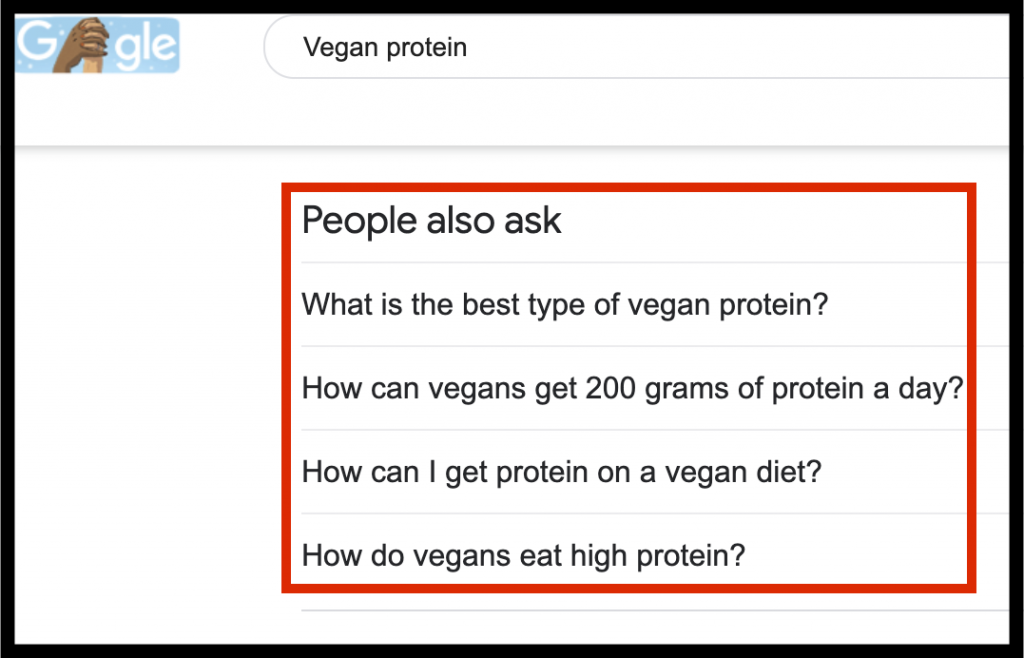

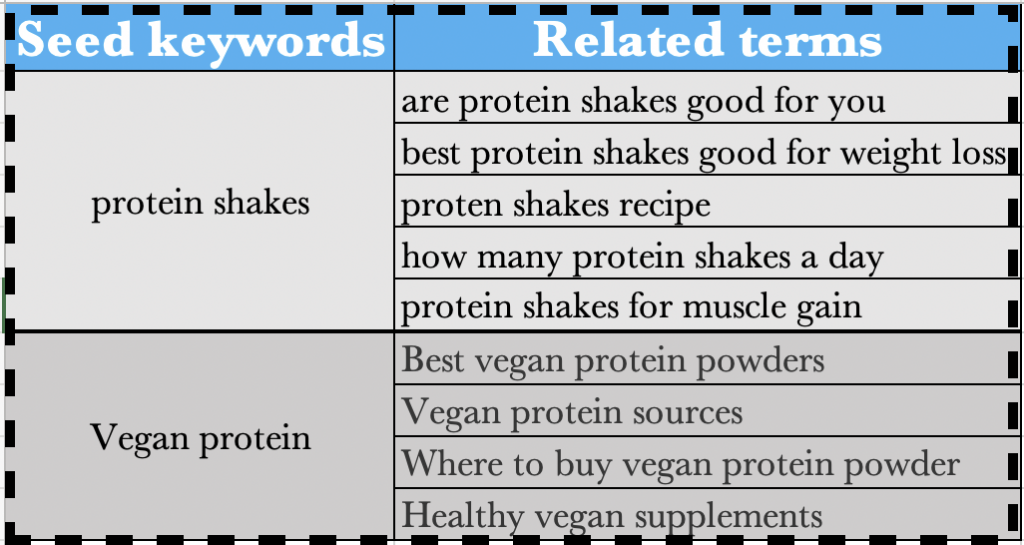
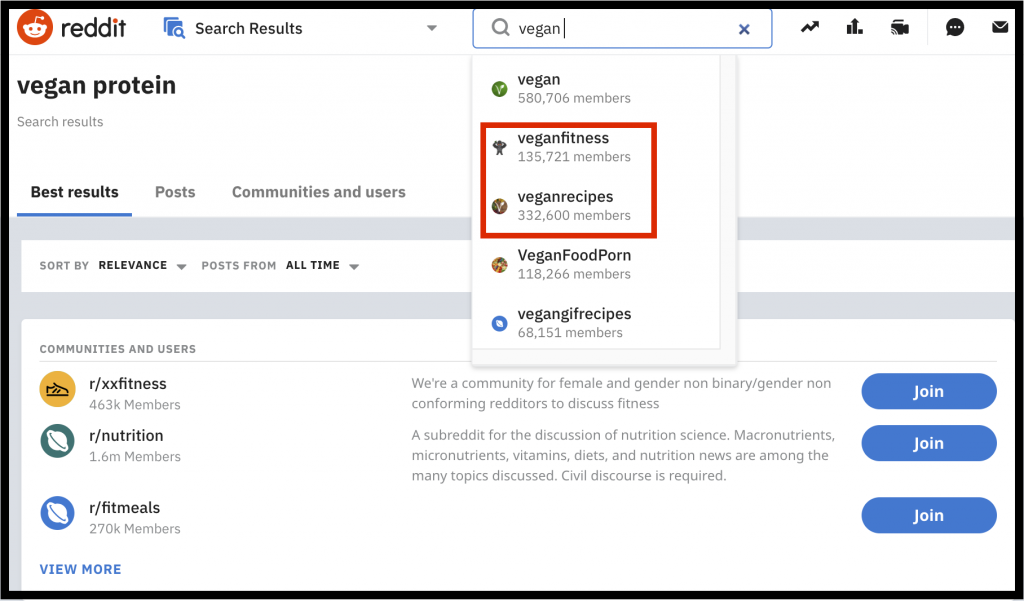
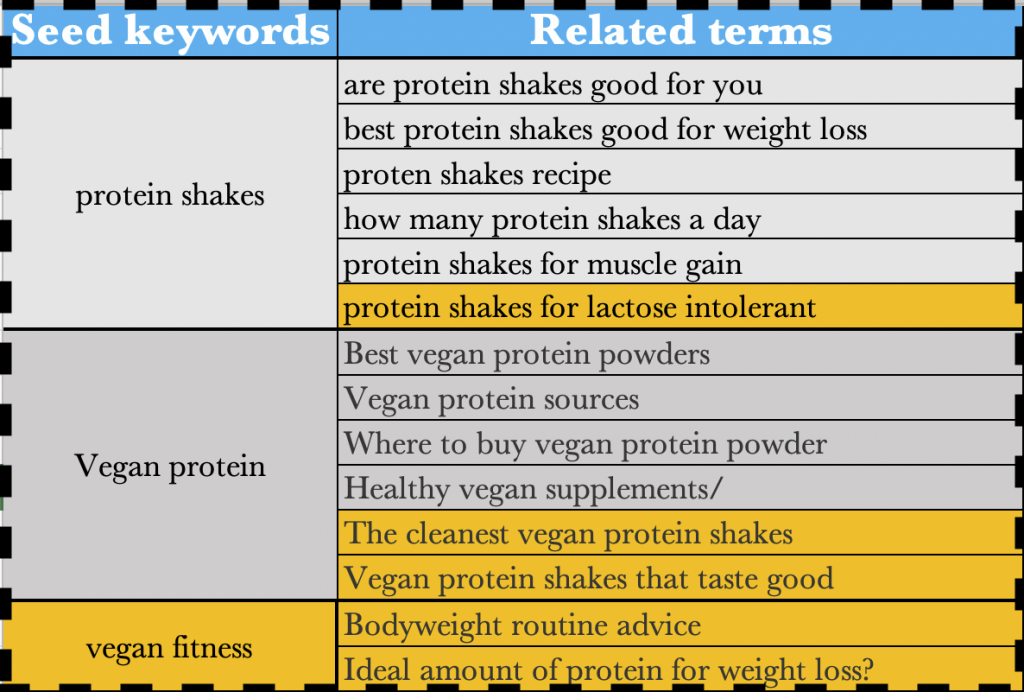

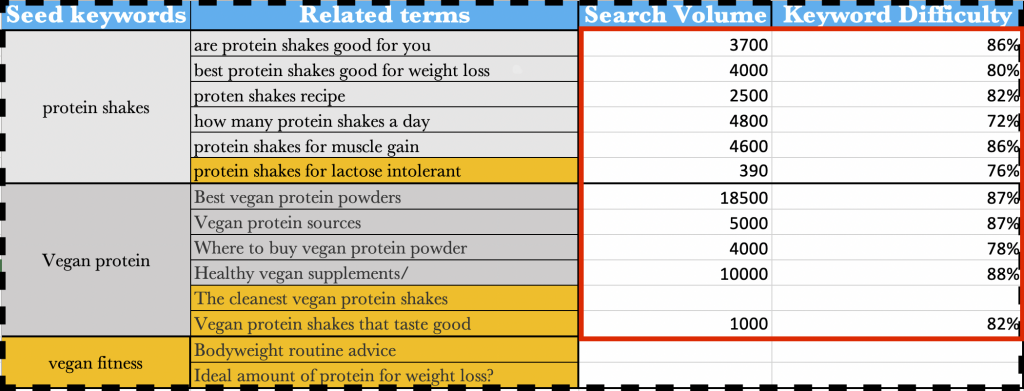

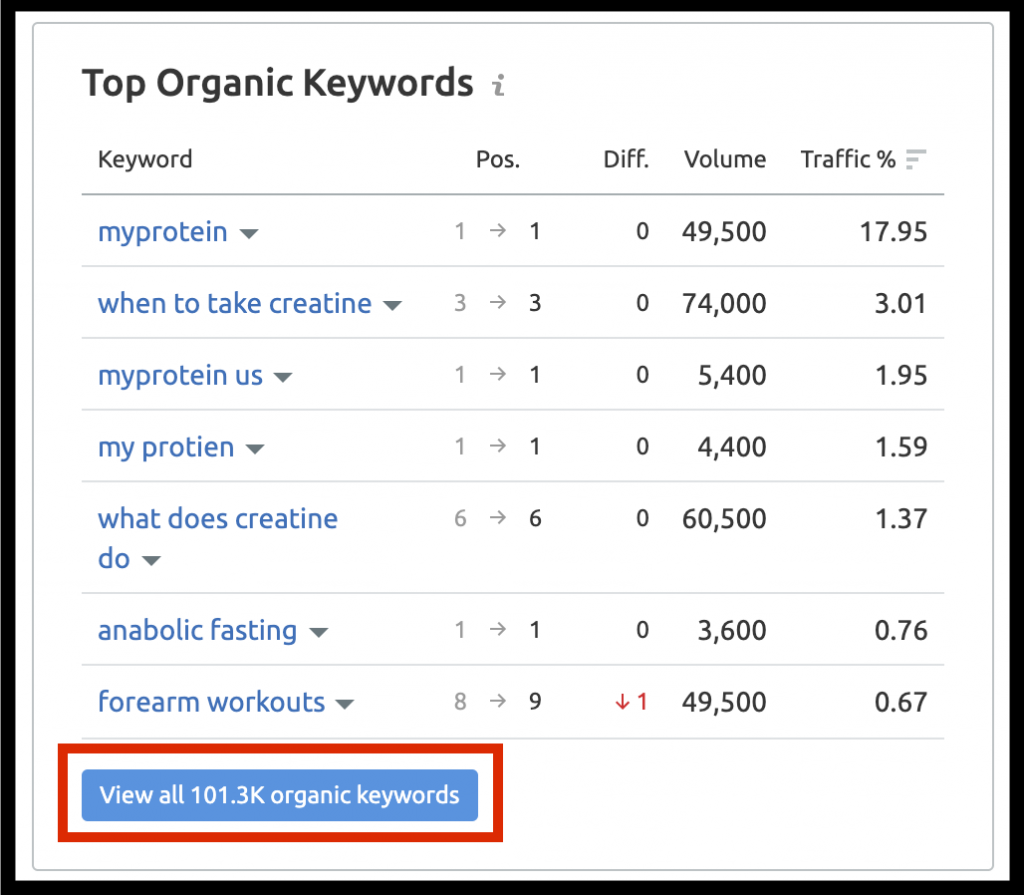

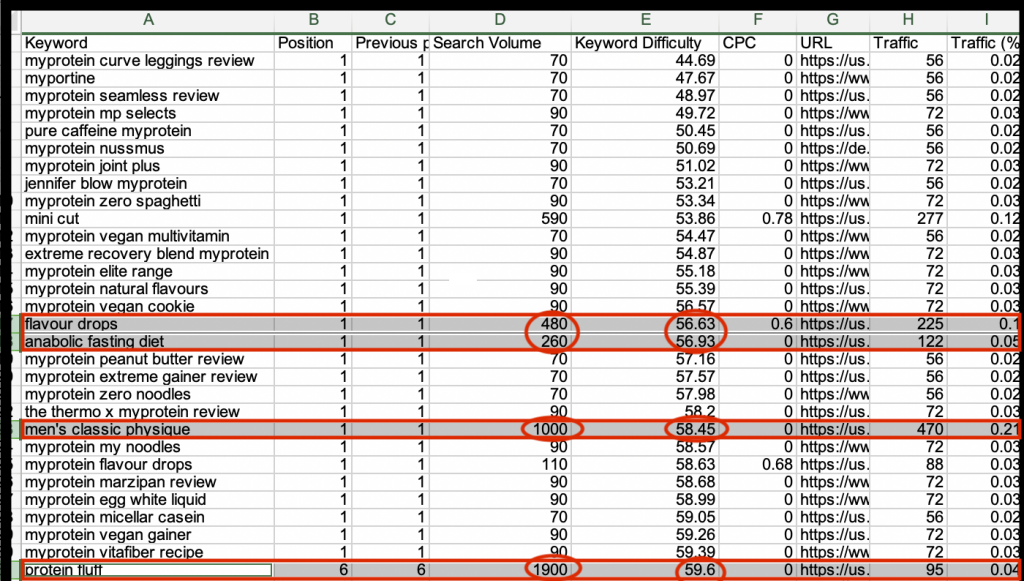
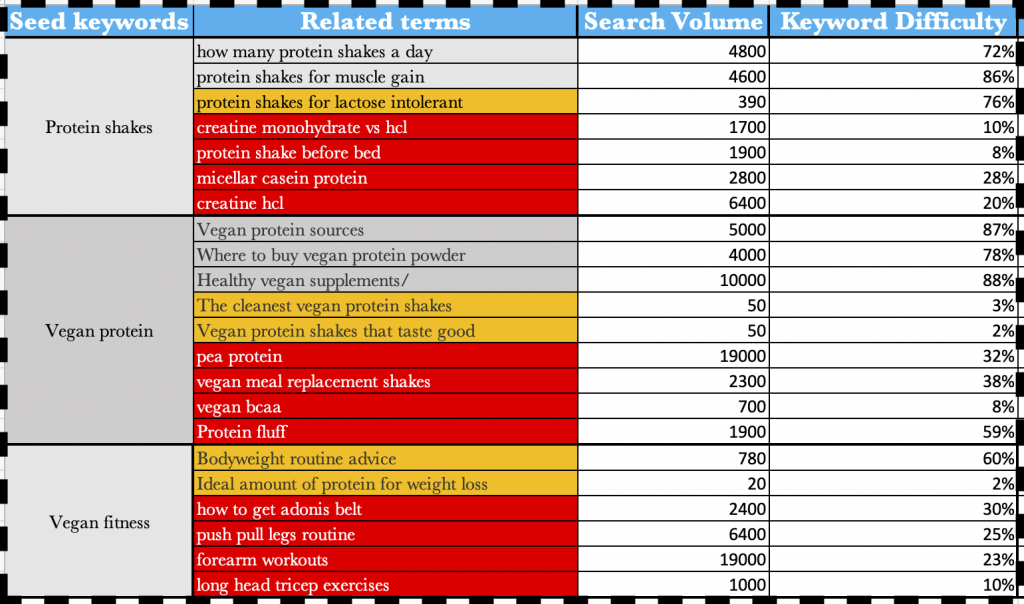
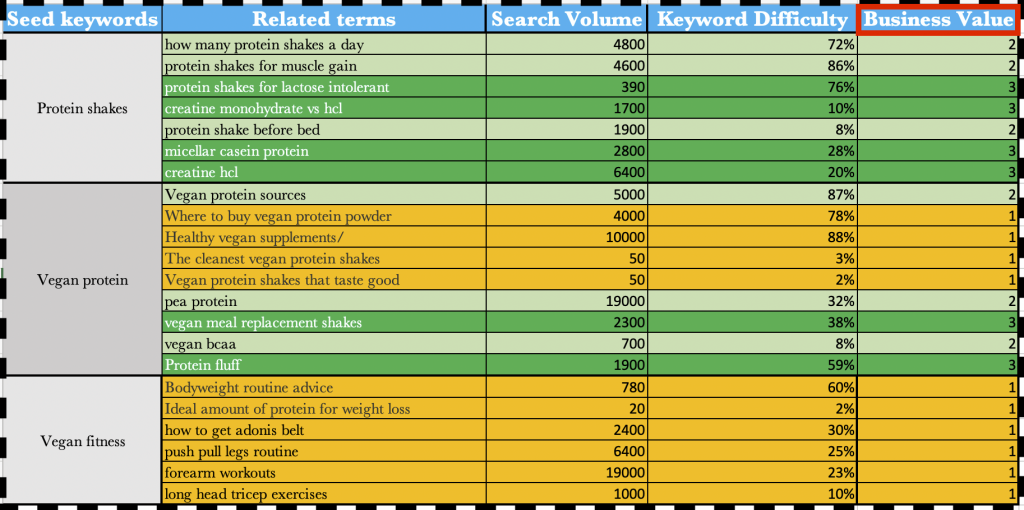
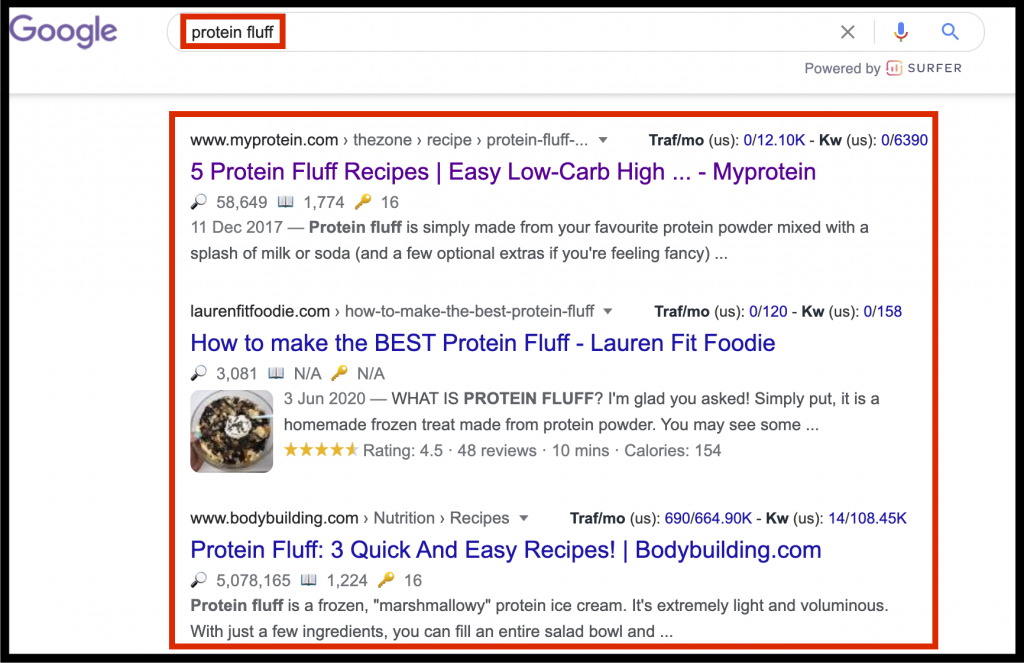

Hi Tanya, I am writing a book on internet marketing and would like permission to quote from your excellent article on how to find undiscovered keywords.
Sincerely, Roy Nakamura
Yes, please do. I’m flattered x